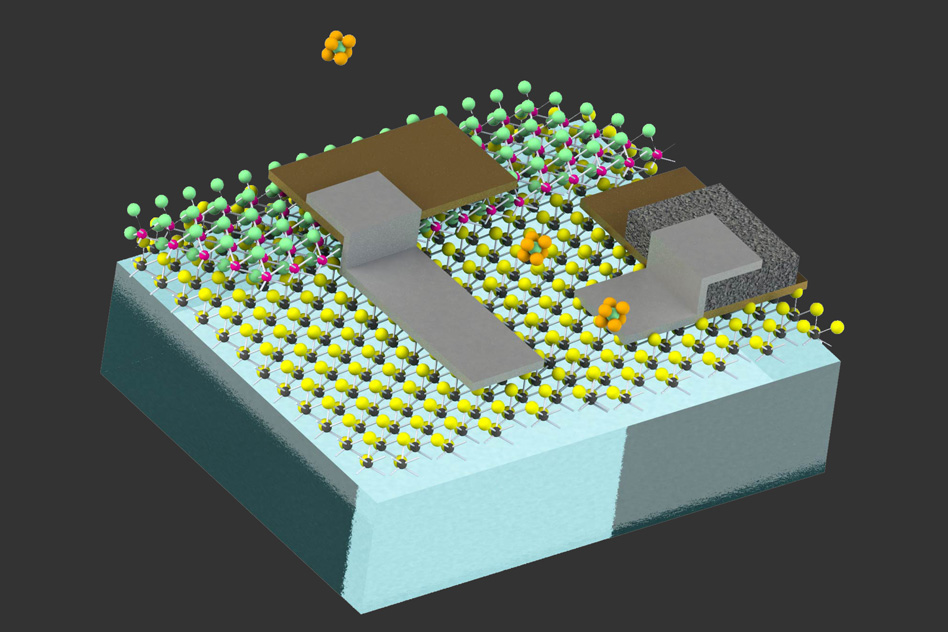
Robots no bigger than the width of a hair have been created by researchers at the Massachusetts Institute of Technology (MIT).
The devices consist of electronic circuits made of two-dimensional materials which have then been attached to colloids.
Colloids are insoluble particles which range in size, but on the larger side can be just visible to the human eye.
The research team have managed to attach memory and computational circuitry to the particle. The robots have no external power source and are powered by an attached photodiode, which takes energy from light around it and feeds it into the minuscule complex circuity.
Float like a Colloid
Senior Author of the study Professor Michael Strano commented in an MIT post that: “We wanted to figure out methods to graft complete, intact electronic circuits onto colloidal particles.”
“Colloids can access environments and travel in ways that other materials can’t.”
Due to their size colloid particles can be suspended indefinitely in a liquid and even stay afloat in the air.
They can float in the air because the random fluctuations and motions in the air caused by molecules colliding has a stronger force on them than gravity.

Hang on a Micro Minute, Are They Actually Useful?
These types of devices have several industry applications.
The oil and gas industry could use them to check for leaks or contamination within pipe networks.
At the moment the best way to check for leaks in a pipeline is to have a crew inspect it length by length. This is an expensive and time consuming process. It is also not practical with underwater pipelines
These robots could be released in the pipe stream where they would float through the infrastructure taking diagnostic readings along the way.
Once removed at the other end they will contain data gathered on their journey.
Currently the only way to read the data off the circuit is to probe it with an instrument, but the team is working on a way to give the robots the ability to communicate and send the data remotely.

The medical industry could potentially see huge benefits from this type of nanotechnology that can map the internal bio systems of a human.
These devices are currently small enough that they could be released into the digestive tract of a human to record data, however that may be some years off.
Yet Dr Strano points out that these are “very smart particles, by current standards,” he and his team see the paper released on the technology “as the introduction of a new field” in robotics.






